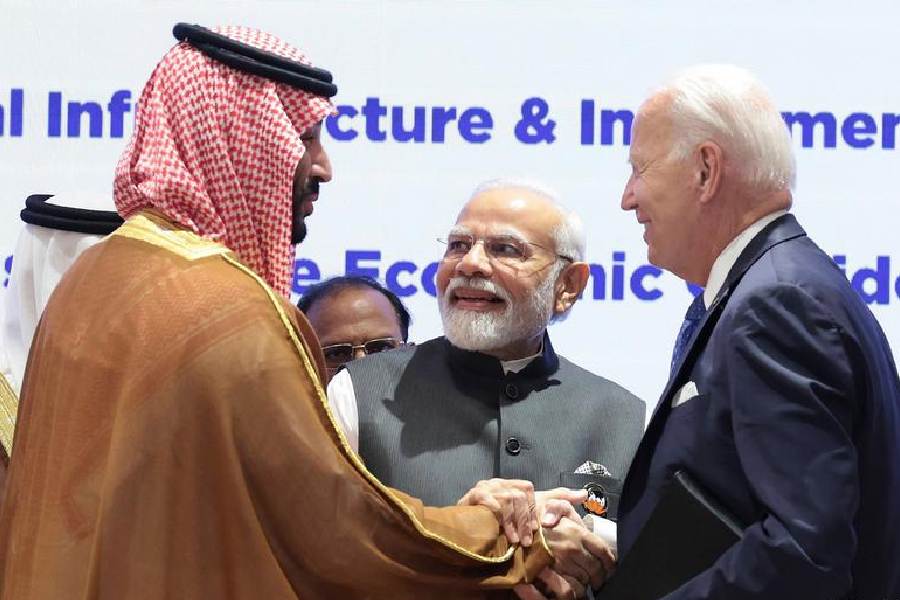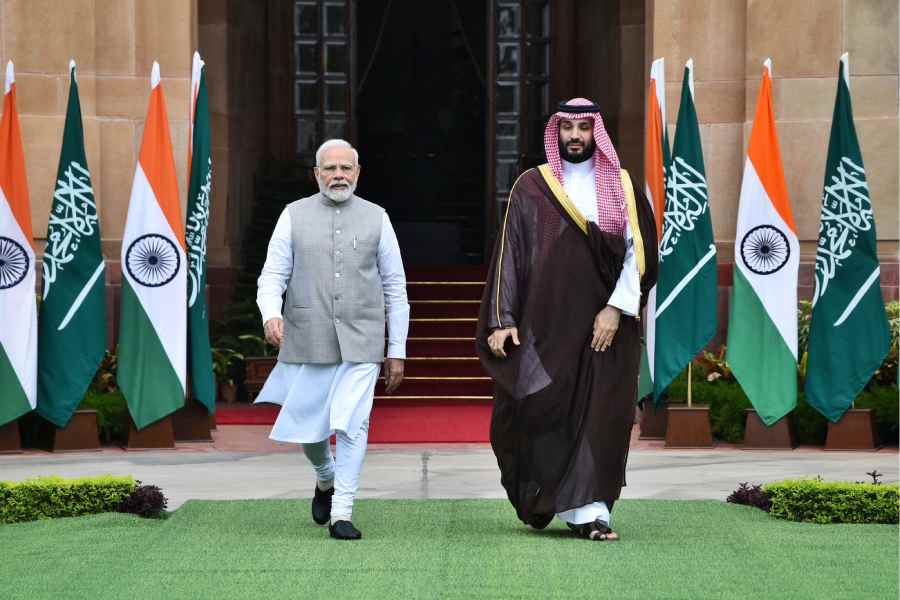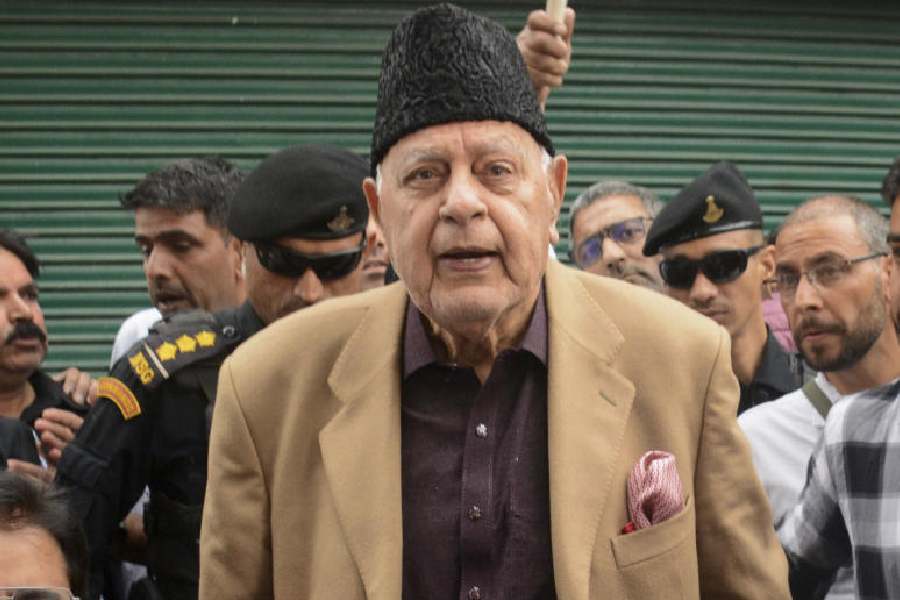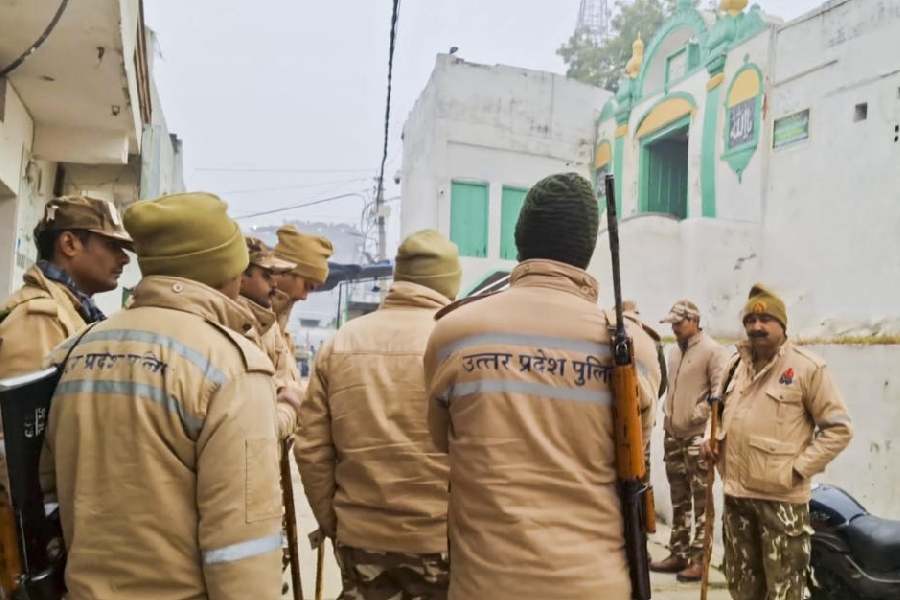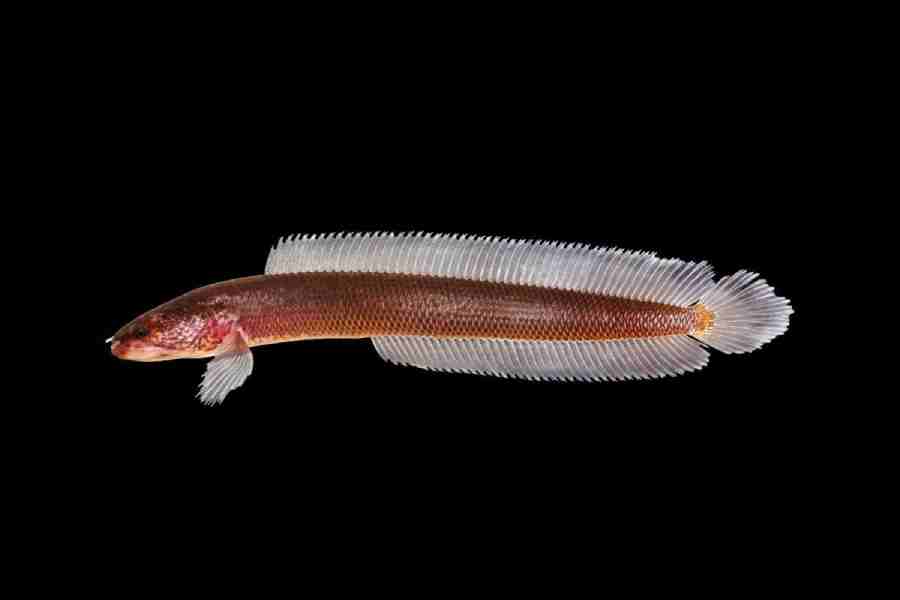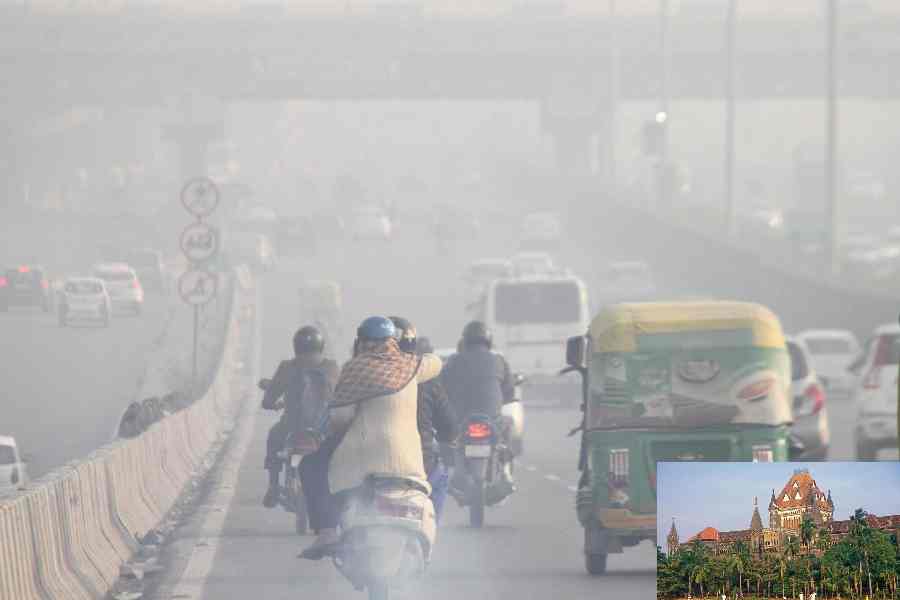The India-Middle East-Europe Economic Corridor (IMEC) was announced on the sidelines of the recently concluded G20 leaders' summit in New Delhi.
The project, if completed, could act as a foil to China's Belt and Road Initiative (BRI), a massive infrastructure project that has fueled concerns over Beijing's extensive footprint across at least three continents.
Ambitious rail and shipping project
The IMEC is a transnational rail and shipping route spread across two continents, which the United States expects to energize economic development through improved connectivity and economic integration between Asia, the Arabian Gulf and Europe.
It will include two separate corridors — the eastern corridor connecting India to the Arabian Gulf and the northern corridor connecting the Gulf to Europe.
"This will give the whole world connectivity and development a sustainable direction," Indian Prime Minister Narendra Modi said when announcing the project. "It will drive sustainable development for the entire world."
European Commission President Ursula Von der Leyen said during her annual State of the European Union speech on Wednesday that the corridor will "be the most direct connection to date between India, the Arabian Gulf and Europe: With a rail link, that will make trade between India and Europe 40% faster."
The White House said in a statement that "across the corridor, we envision driving existing trade and manufacturing, and strengthening food security and supply chains. Our approach aims to unlock new investments from partners, including the private sector, and spur the creation of quality jobs."
Saudi Arabia's Investment Minister Khalid bin Abdulaziz Al-Falih, who was also in New Delhi, said the economic corridor will be "historic."
"People talk about the silk route, the spice route of India through the Arabian Peninsula, but this is going to be more significant and relevant because it's going to be about new energy, data, connectivity, human resources, aviation routes and it's about aligning countries that are of the same mind and same vision," said Al-Falih.
The corridor will include a rail link, as well as an electricity cable, a hydrogen pipeline and a high-speed data cable, according to a document prepared by the European Commission.
The declaration document also called the project "a green and digital bridge across continents and civilizations."
Counter to China's Belt and Road?
In terms of objectives, both the mega transnational projects are similar, although China's BRI is larger in terms of scale.
At the G7 leaders meeting in May in Japan, the world's seven richest countries pledged to collectively mobilize $600 billion (€558 billion) by 2027 to counter the BRI. The total proposed budget remains unannounced, which will be decided in about two months.
Announced in 2013, China has signed BRI cooperation documents with more than 150 countries and over 30 international organizations, mobilizing nearly $1 trillion and creating over 3,000 projects. The project is targeted for completion by 2049.
Some IMEC signatories are also part of BRI, including Italy, Saudi Arabia and the UAE.
However, there are signs China is slowing down on BRI because of its flagging economy.
Additionally, some countries have accused China of gaining strategic influence without paying attention to local needs, as well as projects adversely impacting the environment.
Italy has signaled that it aims to pull out of the BRI.
IMEC a game changer for India?
Experts weighing in on the IMEC said the major geopolitical goals of policymakers in the US and Europe are to compete with China's global infrastructure initiatives to curtail Beijing and to boost Washington's influence in the Middle East.
"Counters to the BRI have been in the planning for many years, and it is difficult to avoid the overhang of the Chinese strategic challenge in these proposed connectivity projects," Alka Acharya, honorary director of the Institute of Chinese Studies in New Delhi, told DW.
"Lack of direct access to central Asia and beyond circumscribes Indian options, so, now it seems India would try to piggyback on the Americans and other players," Acharya added.
Acharya also pointed out that this proposed coalition does not have all players equally ranged against China.
"The equations in the Middle East and West Asia are far too complex and not at all amenable to zero sum calculations," Acharya added.
She did emphasize, however, that India looks at these projects as an opportunity to push its own infrastructure projects and was therefore going along.
IMEC and BRI have fundamental differences
Indian former diplomat Anil Wadhwa, who has studied the project closely, said although the IMEC has been touted as a counter to China's BRI, they are fundamentally different in character.
"The BRI is opaque and non-transparent in nature with the funding coming from just one country, China. The IMEC has been discussed for a while, and its focus is on viability backed by funding from multiple sources, especially through public-private partnerships," Wadhwa told DW.
"By its very nature, the IMEC is not just a multi-nodal connectivity corridor but is also a project which will see pipelines for transport of green hydrogen, underwater cables for digital connectivity and data transfer, as well as telecommunications. Over 70% of the infrastructure for the project is already in place," he added. "The project will also become a geopolitical game changer and will also benefit Southeast Asian countries once the eastern and western segments of the corridor are in place."
Upping the pace
Some maintain that India is likely to gain substantially from the project when it is up and running as it will place the country at the heart of trade flows from Southeast Asia to the Middle East and Europe, giving it both strategic and economic advantages.
The corridor will also secure supply chains, generate jobs and improve trade facilitation and accessibility.
"The IMEC is a good idea economically and strategically as it will facilitate speedy transportation of goods between India, the Gulf, Middle East and Europe bypassing the troubled territories of Pakistan and Afghanistan," Jayadeva Ranade, president of the Centre for China Analysis and Strategy, told DW.
"Critical to meet all objectives is the fast construction and its operationalization. It will certainly offer competition to China's BRI as it is stalled in many countries over fears of cheap Chinese loans eventually mounting into unpayable debts," Ranade said.

